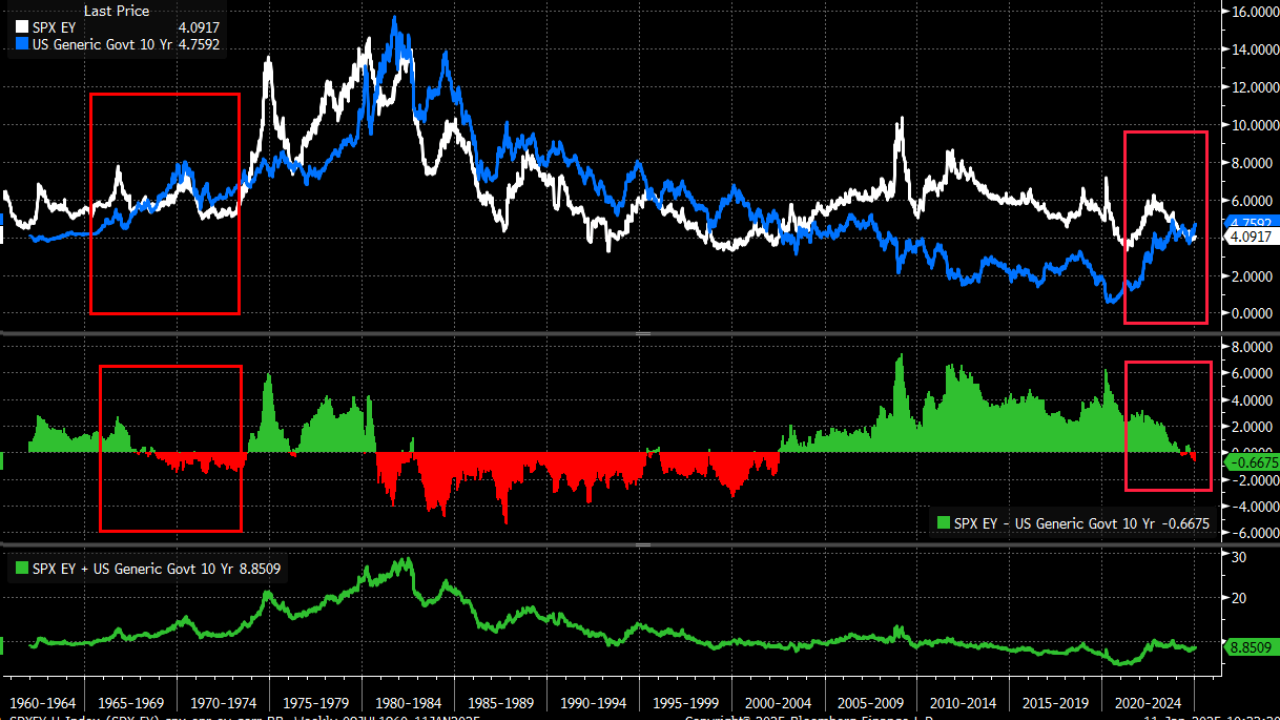
By: Swarnalata
Published on: May 19, 2025
The US dollar is facing a challenging year in 2025, with Wall Street strategists, options traders, and hedge fund insiders increasingly bearish on its prospects. The dollar index (^NYICDX) has already plummeted over 6% this year, marking its worst performance in two decades, according to Bloomberg data. Despite a brief rally following a temporary US-China tariff reduction, the greenback remains close to its April lows. Experts from JPMorgan Chase, Deutsche Bank, and Goldman Sachs predict further declines, driven by erratic US policymaking, shifting global investment trends, and a reassessment of "US exceptionalism." Here's a deep dive into why the dollar is losing ground and what it means for the global economy.
The dollar's weakness stems from a confluence of factors. Kristina Campmany, a senior portfolio manager at Invesco, points to lower US economic growth, persistent inflation, and a neutral Federal Reserve stance as key drivers. "The combination of lower growth, stickier inflation, and even a neutral Fed, coupled with continued US policy uncertainty, should keep the dollar on the backfoot," she said. This sentiment is echoed by Kamakshya Trivedi, head of global currencies at Goldman Sachs, who noted on Bloomberg TV that "US exceptionalism is eroding gradually, and these moves have longer to run."
Policy uncertainty under the Trump administration adds fuel to the fire. While Washington denies pursuing a weaker dollar, some investors suspect efforts to bolster US manufacturing through a depreciated currency. The Federal Reserve's wait-and-see approach further dampens confidence, as it signals limited support for the dollar through interest rate hikes.
The options market reflects this pessimism. Bets on a dollar decline over the next year are at their highest since 2020, with long-term options favored by money managers indicating a structural shift in sentiment. These positions, typically held by institutional investors rather than short-term speculators, suggest a broader reassessment of dollar exposure. According to the Commodity Futures Trading Commission, traders hold $16.5 billion in speculative derivatives tied to future dollar losses as of May 13, 2025, a slight reduction from the prior week but still near a September peak.
Jitania Kandhari, deputy chief investment officer at Morgan Stanley Investment Management, views the dollar's early-week rally as a temporary blip. "We are past peak US exceptionalism, and it will be a multiyear trend," she said, forecasting another 6% depreciation by year-end.
The dollar's woes are compounded by slowing inflows into US assets. George Saravelos, Deutsche Bank's global head of currency strategy, highlights that countries like Taiwan are reviewing risk management protocols for US investments, signaling caution. This trend could reduce demand for US Treasuries, traditionally the world's safest asset. Saravelos predicts a decoupling of US yields and the dollar, particularly against the yen, as Japan—historically a major buyer of US fixed income—scales back purchases.
Mark Nash of Jupiter Asset Management notes a "global repatriation theme," with investors pulling capital from the US to Asia. Currencies like the Korean won and Indonesian rupiah are gaining favor as investors short the dollar against these local currencies. "Asia is now at the forefront of a global repatriation theme," Nash said, underscoring the shift in capital flows.
While the dollar struggles, US stock markets are riding high. The S&P 500 surged over 5% in the week ending May 14, fueled by optimism over tech deals following President Trump's Middle East tour and subdued inflation data. US equity funds saw $19.8 billion in inflows, the first in five weeks, according to Bank of America citing EPFR Global data. However, this equity strength hasn't translated to dollar gains. The greenback's 1% rally on Monday, driven by the US-China tariff truce, fizzled out by week's end, with Bloomberg's greenback gauge capping a modest second weekly advance.
This divergence highlights a critical point: the dollar's fate is increasingly detached from US equity performance. As Campmany notes, the significant stock of US equities owned globally could exacerbate the dollar's decline as investors diversify away from dollar-denominated assets.
A weaker dollar has far-reaching implications. For the US, it could boost exports by making goods cheaper abroad, but it also raises import costs, potentially fueling inflation. For emerging markets, a softer dollar eases debt burdens denominated in greenbacks and supports local currency appreciation. JPMorgan strategists, including Meera Chandan, argue that the US's softer tariff stance will spur growth in other regions, strengthening their currencies. This dynamic is already evident in Asia, where currencies like the won and rupiah are gaining traction.
However, a prolonged dollar decline could disrupt global markets. A weaker greenback traditionally reduces demand for US Treasuries, potentially pushing up yields as investors demand higher returns. This could complicate the Federal Reserve's efforts to balance growth and inflation, especially if global investors continue to repatriate capital.
Wall Street's consensus is clear: the dollar's downtrend is far from over. JPMorgan strategists maintain that the case for shorting the greenback remains strong, driven by global growth dynamics and US policy uncertainty. Hedge funds and options traders are positioning for further losses, with speculative derivatives reflecting near-record bearishness. As global investors reassess US exceptionalism and redirect capital to Asia and other regions, the dollar faces a multiyear decline.
For investors, the key is diversification. Reducing exposure to dollar-denominated assets and exploring opportunities in emerging market currencies could mitigate risks. As the global economy navigates this shift, the dollar's role as the world's reserve currency may face increasing scrutiny.
Comments
No comments yet. Be the first to comment!
Leave a Comment